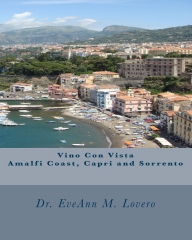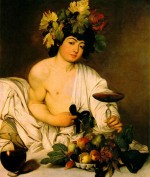I love Normandy! Le Havre, Caen and Rouen are the three main cities in Normandy. The city of Le Havre, on the English Channel in Normandy, was severely bombed during the Second World War. The destroyed area was rebuilt according to the plan of a team headed by Auguste Perret, from 1945 to 1964. The site forms the administrative, commercial and cultural center of Le Havre and is a UNESCO World Heritage Site. The Musée Malraux in La Havre is one of the best museums outside Paris for impressionism & fauvism; with a large collection of 19th & 20th century masters including Monet, Renoir, Boudin, Marquet, Pissaro and many others.
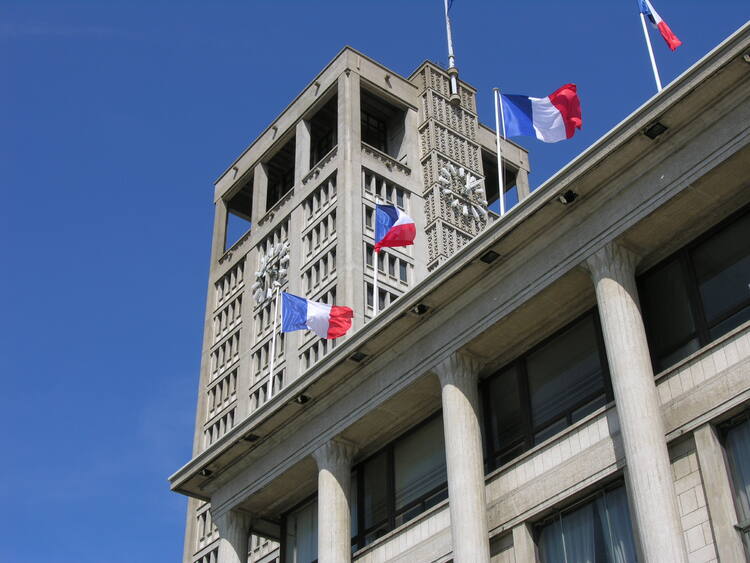
“Le Havre is an outstanding post-war example of urban planning and architecture, based on the unity of methodology and system of prefabrication, the systematic use of a modular grid and the innovative exploitation of the potential of concrete.” UNESCO
Two particularly interesting small towns in Normandy are: Bayeux and Honfleur. Bayeux has the historic Bayeux tapestry that was made 900 years ago. The tapestry depicts the events leading up to the Norman conquest of England concerning William, Duke of Normandy, and Harold, Earl of Wessex, later King of England, and culminating in the Battle of Hastings.
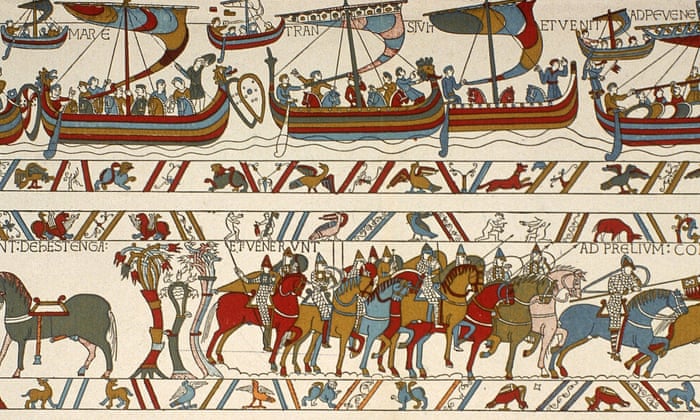
Honfleur is an attractive small port at the mouth of the Seine. The Old Harbor has a picturesque quayside and the Eugène Boudin museum.
 The St. Catherine church, from the 15th century, is the largest historic wooden church in France. Today, this church tower is an annex of the Boudin Museum, and religious works are exhibited here. Mainly, it contains sacred works of art, ornaments, and cressets used by the brotherhoods of charity.
The St. Catherine church, from the 15th century, is the largest historic wooden church in France. Today, this church tower is an annex of the Boudin Museum, and religious works are exhibited here. Mainly, it contains sacred works of art, ornaments, and cressets used by the brotherhoods of charity.


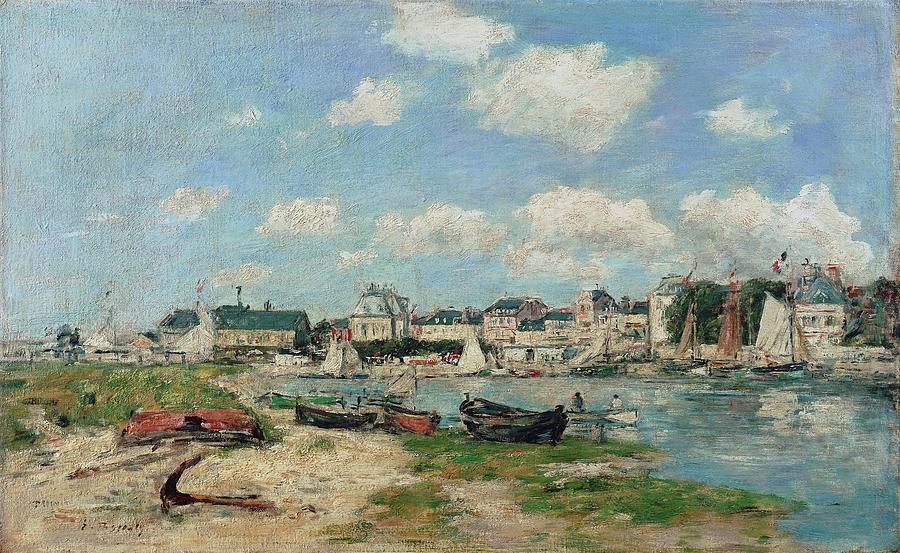
Beach At Trouville, France. Oil On Canvas. is a painting by Eugene Boudin -1824-1898
The charming town of Rouen is the capital of Normandy, and it is located on the Seine River in France. Founded by the Romans on the right bank of a bend in the Seine River, it was one of the largest and most prosperous cities of medieval Europe. Rouen has plenty of interesting tourist attractions: quays on the river Seine, a picturesque historic center with half-timbered houses, an ancient astronomical clock, and a magnificent Gothic cathedral. There is also the Joan of Arc museum.
The Rouen Fine Arts museum – Musée des Beaux Arts – has the best collection of works by the Impressionists outside Paris, plus a broad collection of old masters from 15th century to the 20th century, including Rubens, Velasquez, Poussin and many more.
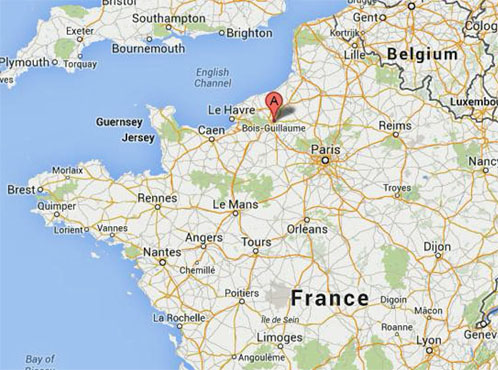
The ancient city of Rouen, in Upper Normandy, is a historical treasure. It was chosen by the Viking leader Rollo as capital of Normandy in 911. Rollo began a lineage that extended from William the Conqueror to Queen Elizabeth II.
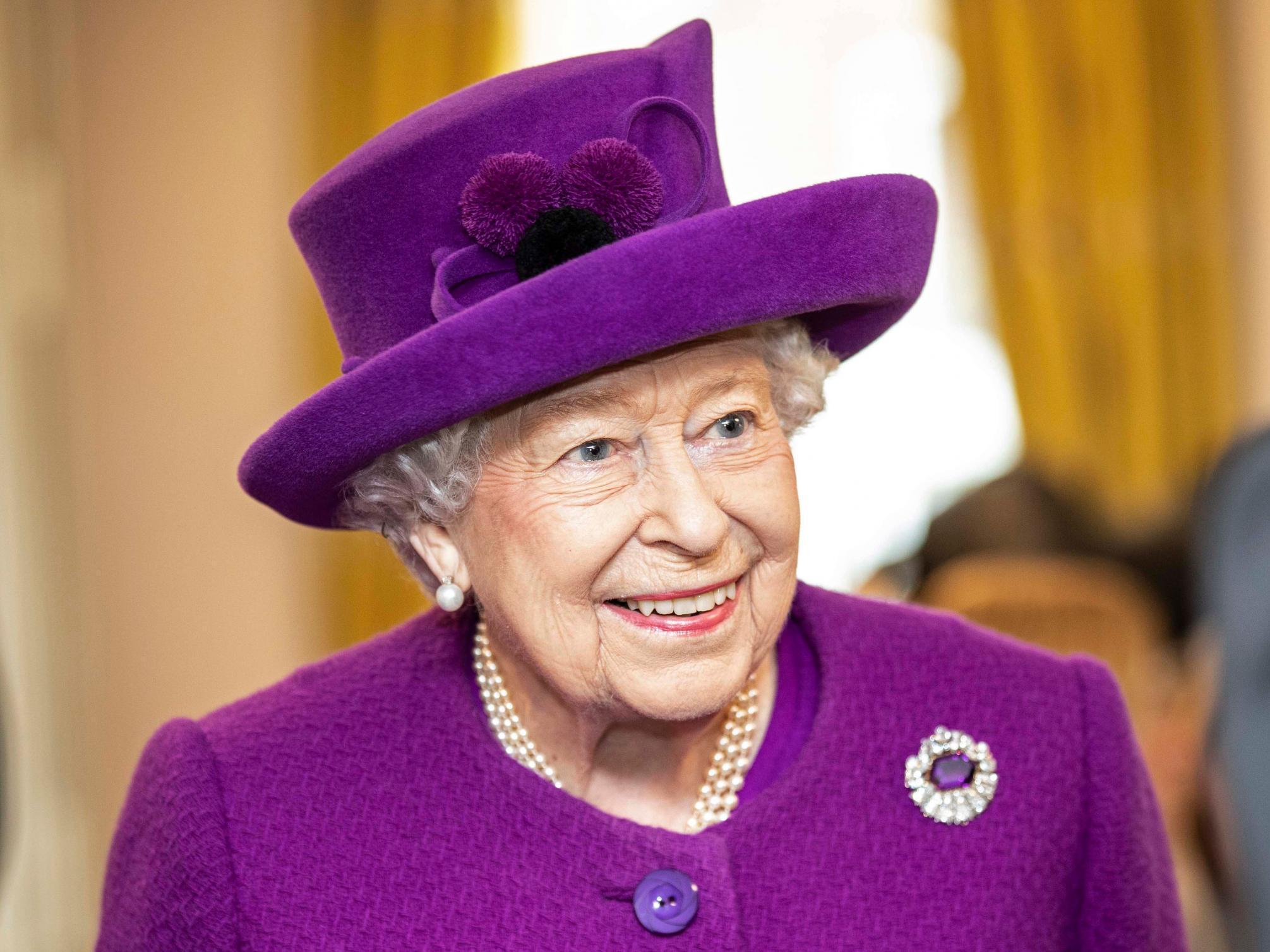
It has a magnificent High Gothic Notre-Dame Cathedral that was built between the 12th and 16th centuries; portrayed in a famous series of paintings by the Impressionist Claude Monet as well as by his contemporary Camille Pissaro. Monet painted more than 30 versions of the West Facade of the Cathedral at different times of day and in various weather conditions between 1892 and 1893. 
In the Cathedral, there is a tomb containing the heart of Richard the Lionheart (Richard I;1157-1199) was the King of England and the Duke of Normandy. Richard the Lionheart was the central figure during the Third Crusade and his most celebrated victories were against Saladin, the Muslim leader during the Third Crusade.


The town is also the place where Joan of Arc was burned at the stake on May 30, 1431 at the age of 19 at the height of the Hundred Years’ War.

A few streets away is Place du Vieux-Marché (the Old Market Square), where you can visit The Church of Saint Joan of Arc. When they burned her at the stake in Rouen (because she claimed that she was being commanded by God to fight for France against England) they immortalized the 19-year-old and made her symbol for the French cause during the long-fought Hundred Years’ War. It is believed that she led the French army which drove the English out of Orleans, enabling Charles VII to be crowned at Reims. She was canonized as a saint on May 16,1920 by Pope Benedict XV.

Rouen was one of the capitals of the Anglo-Norman dynasties, which ruled both England and large parts of modern France from the 11th to the 15th centuries.

Rouen sustained extensive damage during the War but it has been lovingly reconstructed.

Rouen was the seat of the Exchequer of Normandy during the Middle Ages. The House of the Exchequer (below) was built at the beginning of the 16th century and currently houses the Tourist Office.

It was on the first floor of the edifice of this building where Claude Monet created his Cathedral Series in the late 1890s.

One of Monet’s Paintings of the Rouen Cathedral
I love the Picturesque facades of the half-timbered houses.


Here are some of my favorite attractions in Rouen:
- Rouen is known for its Notre-Dame Rouen Cathedral, with its Tour de Beurre (butter tower) financed by the sale of indulgences for the consumption of butter during Lent. The 12th century construction was built on the foundations of a 4th century basilica. It was destroyed during the Viking invasions in 841 and partially in 1944 by allied bombardments.

The choir of the cathedral houses the tombs of the Dukes of Normandy including Rollo who founded the Duchy in 911. All the buildings perished during a Viking raid in the 9th century. The Viking leader, Rollo was the first Duke of Normandy and the founder of the Duchy of Normandy; he was baptized here in 915 (shown below) and buried in the Cathedral in 932.

Rollo was a powerful Viking leader, born in 846 somewhere on the Atlantic side of Scandinavia, probably Norway. In 876, Rollo was one of a number of Vikings to seize Rouen and in 885 he and his fleet invaded Paris. The following year, the Vikings retreated but Rollo and a band of Norsemen stayed behind, invading and then settling in an area in northern France called Normandy.


His grandson, Richard I, further enlarged the church in 950. St. Romain’s tower was built in 1035. The buildings of Archbishop Robert II were consecrated in 1065. The cathedral was struck by lightning in 1110.
You can also find the recumbent statue of Richard the Lionheart (below), King Richard I of England and Duke of Normandy.

King Richard I, or Richard the Lionheart, was known for his courage and military prowess in the Crusades. He met his end at the small castle of Châlus-Chabrol in 1199, after being shot by a peasant’s crossbow. A surgeon botched the removal of the arrow, and Richard died when the wound became septic. His royal heart is interred in his coffin at Rouen.

The cathedral’s gothic façade (completed in the 16th century) was the subject of a series of paintings by Monet, some of which are exhibited in the Musée d’Orsay in Paris.

2. Hop on the tourist train for a scenic ride through town. Don’t miss the Viking Statues on the right bank of the Boieledieu bridge in Rouen. This bridge was built in 1955 joining the rue Grand-Pont with the rue St Sever. At each end of the bridge are two monumental sculptures that date to 1956. One of the sculptures depicts the Rouen navigator and explorer Cavelier de La Salle leading an expedition to America and the second statue shows Normans heading to England in a drekar.
“The Vikings” statue is by sculptors Saupiquet and Jean-Marie Baumel on the Boieldieu Bridge below:
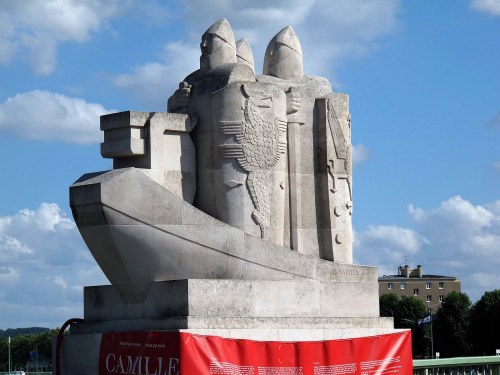

3. At 10:30 in the evening, there is an incredible light show projected onto the imposing facade of the Cathedral. Images of Viking history and lore are projected on the façade, including: the tree Yggdrasil, the Midgard serpent, Nordic runes, an array of shields, and of course, Vikings in full regalia.
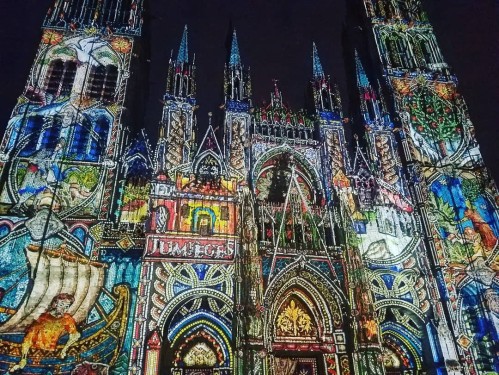 The amazing show tells the story of William the Conqueror (below) and the Vikings. The Normans, from the Old Norse for ‘north men,’ were the descendants of indigenous Scandinavian seafaring pirates and traders called Vikings; they colonized the northwestern part of France in the early 9th century AD.
The amazing show tells the story of William the Conqueror (below) and the Vikings. The Normans, from the Old Norse for ‘north men,’ were the descendants of indigenous Scandinavian seafaring pirates and traders called Vikings; they colonized the northwestern part of France in the early 9th century AD.

In 1066, William the Conqueror began a full-scale invasion of England. The Bayeux Tapestry (In the town of Bayeux) tells one of the most famous stories in British history; the Norman Conquest of England in 1066, particularly the battle of Hastings, which took place on October 14, 1066 when two great armies prepared to fight for the throne of England. The tapestry tells the story of the events from 1064 to the end of the battle in a sequence of pictorial scenes. The tapestry was probably made soon after the conquest for William’s half-brother Bishop Odo of Bayeux, who features prominently in it.
William’s army is said to have included not only Normans, but also men from Brittany, Aquitaine, France and Maine. The latest thinking is that both armies had between 5,000 and 7,000 men; large forces by the standards of the day.

The backbone of William’s forces was his 2,000–3,000-strong cavalry force. English armies used horses for getting around, but on the battlefield they fought on foot. After his victory, William marched on London, and he was crowned King of England on Christmas Day 1066. The final scene of the Bayeux Tapestry (above), showing the English fleeing the battlefield, pursued by Norman cavalry.

The Normans used their crossbows with great success. Norman archers at the Battle of Hastings are shown above.
https://www.bayeuxmuseum.com/en/the-bayeux-tapestry/
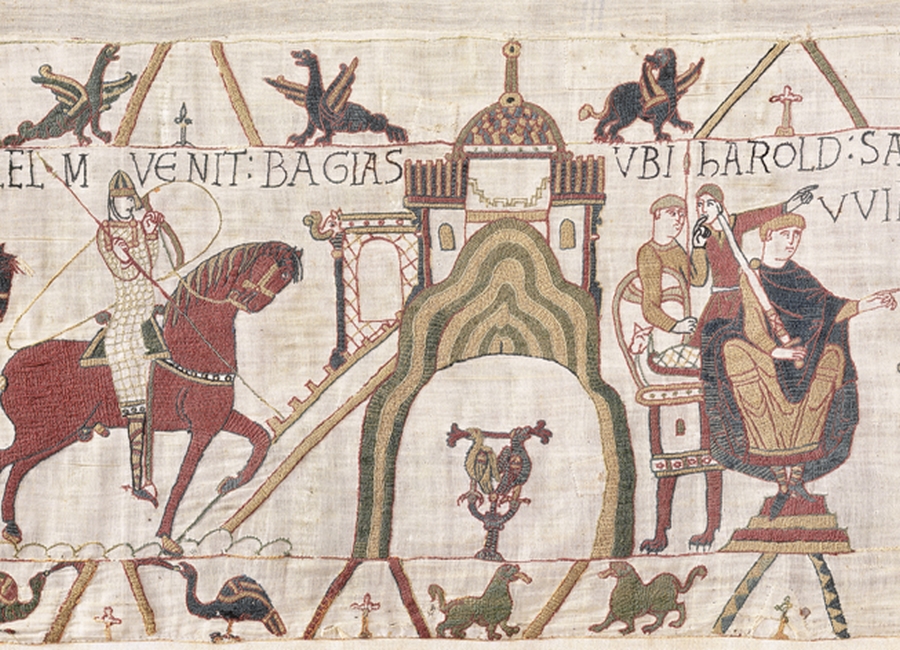

Among the many characters included in the Bayeux Tapestry, most of whom are men, those shown the most are William, Duke of Normandy, Edward the Confessor, King of England, Harold Godwinson, Count of Wessex and Odo de Conteville, half-brother of William and Bishop of Bayeux. To make it easier to recognize the characters, the artist added distinctive features such as mustaches and long hair for the Anglo-Saxons and short hair for the Normans. Odo is recognizable as a man of the Church from his tonsured head.

They ruled the region known today as Normandy until the midpoint of the 13th century. The light show depicts the most illustrious of the Normans, William the Conqueror, invading England in 1066. William vanquished the resident Anglo-Saxons; after William the Conqueror, several kings of England, including Richard the Lionheart, Henry I, and Henry II were of Norman blood and ruled both England and Normandy.

https://en.rouentourisme.com/cathedral-of-light/



4. The Old Market Square is the place where Joan of Arc was burned at the stake on May 30th, 1431. A large cross marks the spot. The young French heroine was held as a prisoner here and sentenced to be burned at the stake after a lengthy church trial. She was burned at the stake for heresy when she was 19 years old.


The Saint-Joan of Arc Church is a modern church designed by Louis Arretche. Many early Christian churches were designed in the shape of an overturned boat.
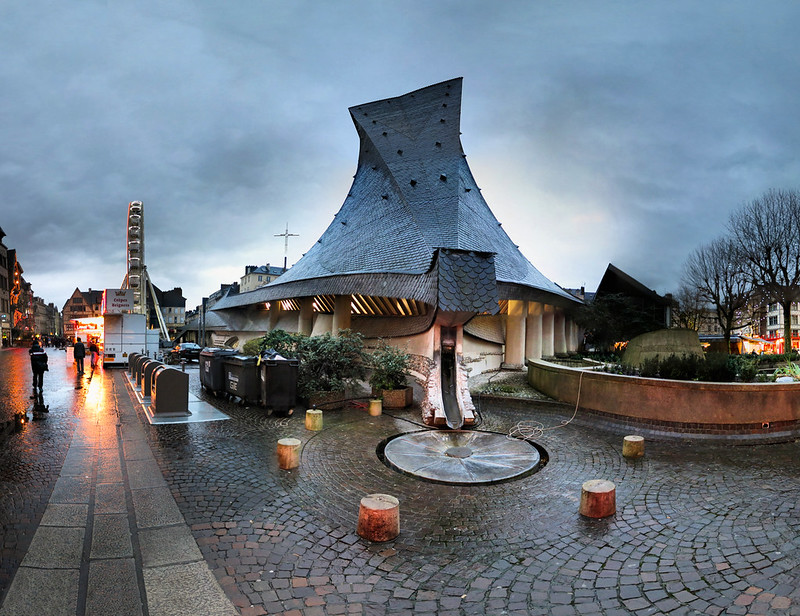
The stunning 16th century stained-glass windows were preserved from the Church of Saint-Vincent from the Renaissance Period that was ruined in World War II.




Photo by Pixabay on Pexels.com
5. The Gros Horloge is an astronomical clock dating back to the 14th century. It is located on Gros Horloge street and was fully restored in 2006. The belfry houses the city bells and it is one of the oldest clock mechanisms in Europe.


In the evening, have a Vino con Vista cocktail at the Delirium Bar connected to the clock tower.

6. Pay tribute to Joan of Arc, a symbolic figure in Rouen at the Rouen Castle. The tower is known as the Tour Jeanne d’Arc, where Joan of Arc was threatened with torture. Joan’s condemnation was pronounced in 1431 and a retrial would take place in 1456 nullifying the first.
The dungeon, (Joan of Arc Tower) is the only remaining element of the Philippe Auguste château where the she was imprisoned and judged. On the Place du Vieux Marché, the stake and the Joan of Arc Church receive thousands of visitors every day.
“In the middle of the Hundred Years War, the young woman marked the history of France forever. From Domrémy to Orléans, her route was full of success until her fall in Rouen in 1431. From the Tour de la Pucelle, via the Place du Vieux Marché and the Cathedral, a trail retraces Joan’s last hours through the streets of the town.” Sign up for the Joan of Arc Tour at the Tourism Office.


7. Visit the Basilica Church of Saint Ouen (12th–15th century)


The Bishop’s body was buried in the Saint-Owen Abbey Church in 684.

8. The Palais de Justice (Parliament of Normandy Court House) is the largest Gothic edifice in France.
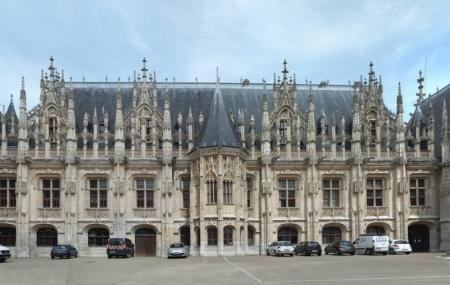
It was once the seat of the Parlement (French court of law) of Normandy.

9. The 15th century Flamboyant Gothic Church of St Maclou (Eglise Sainte-Maclou) is dedicated to Malo of Aleth. He was born in the Ghent region in Wales in the 6th century and sailed to Aleth (Saint-Malo) where he founded several monasteries. Some of his relics are in this church.

The western facade has 3 portals. The medallions on the main door show the circumcision and baptism of Christ.

The best preserved stained-glass embellishes the transept windows.
In the rose window above the Renaissance organ, God is shown surrounded by angels. The Passion Window (number 114) was made between 1470 and 1505.


St. Malo in Rouen



10. The Museum of Fine Arts and Ceramics (Musee des Beaux-Arts) has a nice collection of faïence and porcelain for which Rouen was renowned during the 16th to 18th centuries. Founded in 1801 by Napoleon I, its current building was built between 1880 and 1888 and underwent a complete renovation in 1994.
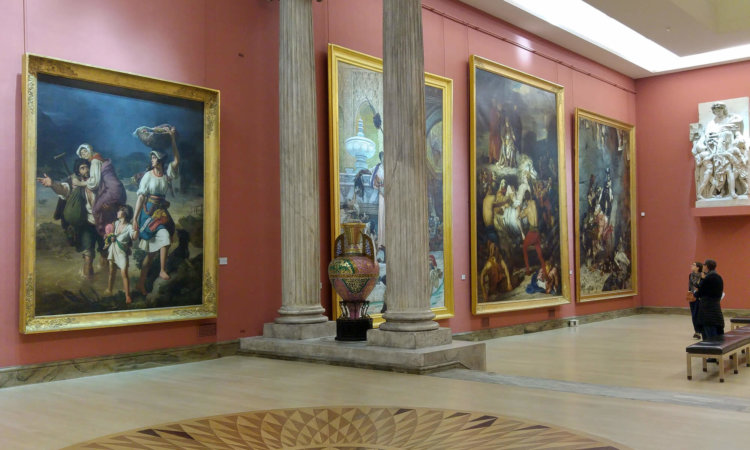

The Museum of Fine Arts boasts one of the most prestigious collections in France. Paintings, sculptures, drawings and objects of art produced by all schools, ranging from 15th century to the present are on display in a chronological order: Perugino, Veronese, Rubens, Caravaggio, Velázquez, Ribera and Poussin. The 19th century is the other key period of the collection of the museum, with works of the greatest painters: Ingres, Géricault, Delacroix and others.
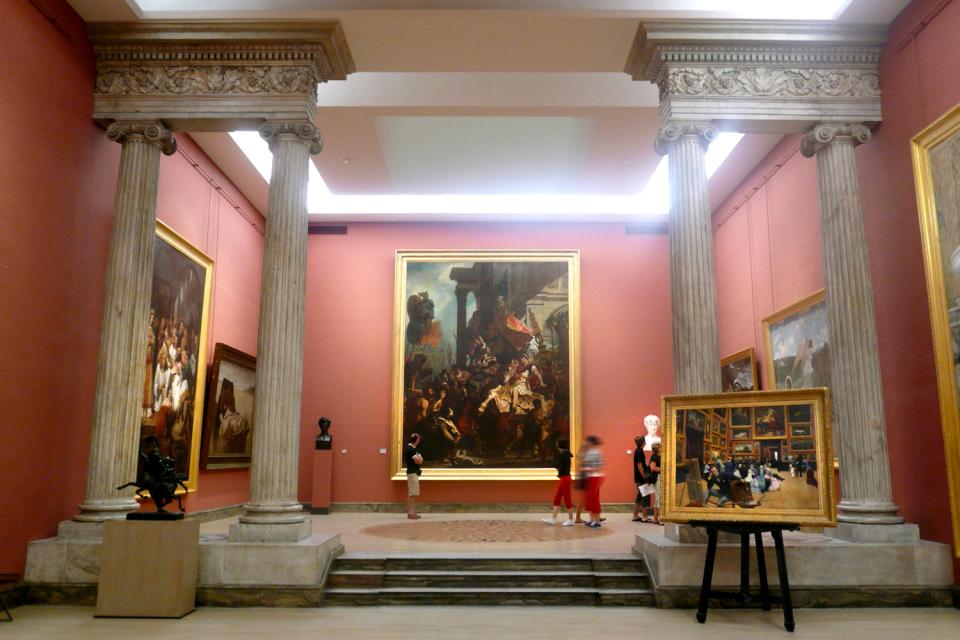
In 1909, the Depeaux donation made the Fine Arts Museum the second largest Impressionist collection in France, with painting by great masters such as Monet, Sisley, Caillebotte, Pissarro, Degas and Renoir. There’s also a Bookshop and Restaurant.
Here’s the link:
https://en.rouentourisme.com/arts-antiques/musee-des-beaux-arts-2246-en/
Check out their video: https://en.rouentourisme.com/arts-antiques/musee-des-beaux-arts-2246-en/
For a spectacular Vino con Vista, dine at La Couronne for an incredible Michelin-rated meal. It is in the heart of the Old Town square and you can gaze at the Joan of Arc Church right in front of you. La Couronne was founded in 1345 and it is the oldest Inn in France. The restaurant is on the first floor.
http://www.lacouronne.com.fr/en/home.html

La Couronne in Rouen is where Julia Childs fell in love with French Cuisine




:max_bytes(150000):strip_icc()/GettyImages-464667479-4df276858d594ed1801bc4a7a1ab1e21.jpg)
Try some local delicacies








Tourist Office Information:
76000 Rouen
Parking Cathédrale – Office de Tourisme
accueil@rouentourisme.com

Dr. EveAnn Lovero writes Travel Guides @ www.vino-con-vista.com







